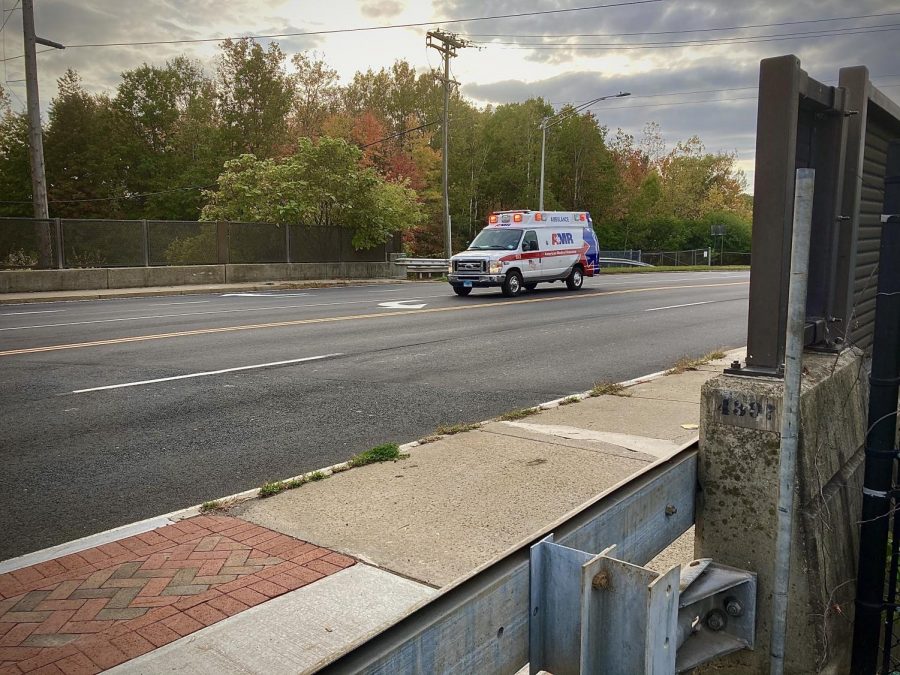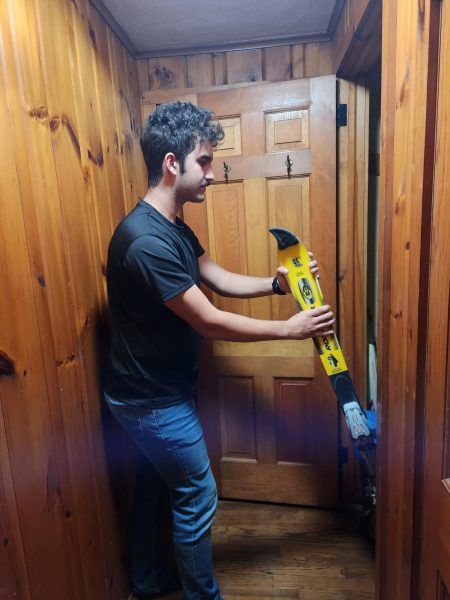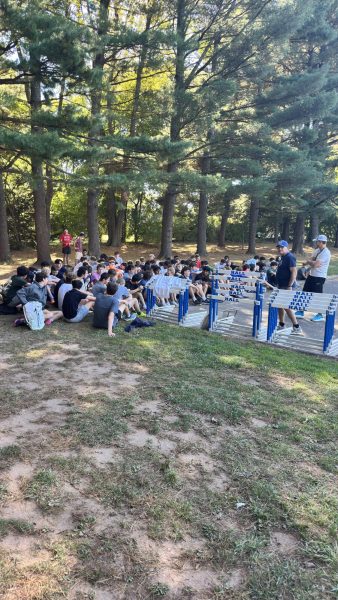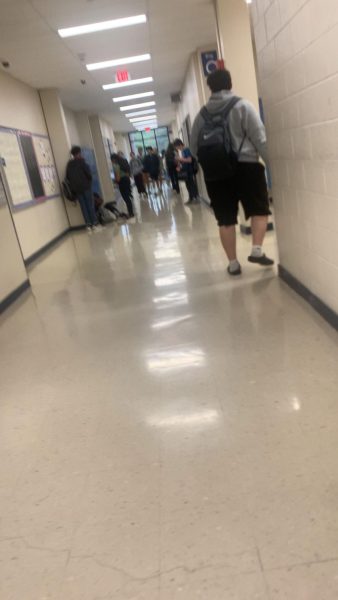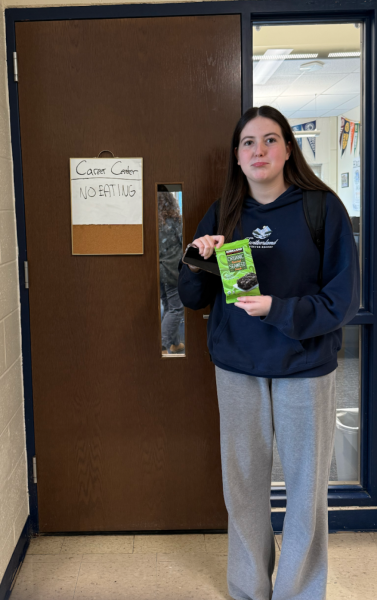Modern-Day Segregation in Connecticut
To West Hartford residents, the neighboring North End of Hartford is a place of violence and crime, but, outside of these generalizations, there is minimal dialogue on the North End’s struggles for racial justice and economic equality. Geographically, little separates the communities from each other, yet the average socioeconomic status is vastly different. Hartford’s poverty rate is 31.2% – one of the highest in the nation. West Hartford, meanwhile, owns a poverty-rate of 7.5%. Nowhere is this juxtaposition more evident than the bridge leading from West Hartford to the North End. On the West Hartford side of the bridge, mansions stand tall. On the North End side, there is low-income housing, boarded-up shops, and run-down parks. Undoubtedly, the misfortunes of the predominantly black North End tie back to the days of slavery, Jim Crow, and red-lining. Still, there is hope for progress. In the second image, a mural on the side of Scott’s Jamaican Bakery depicts a vision for a vibrant, welcoming community. The joyous atmosphere is a far cry from the reality North End residents face, as the COVID-19 pandemic threatens the health and economic stability of people of color, in particular. Amid the recent killings of George Floyd, Breonna Taylor, and others, advocates for racial justice have deemed systemic racism another public health crisis. The remedy, some say, is to start by defunding the police. Though critics contend that defunding the police will lead to more crime, advocates have become fed up with militarization of the police and anti-black biases of officers. With such division and tension prevalent across the country, we must look at how our own communities have been shaped by the legacy of slavery and Jim Crow. People of color, in many cases, are still treated as second-class citizens. While a solution to systemic racism is likely generations away, both national and local dialogue can promote progress.

